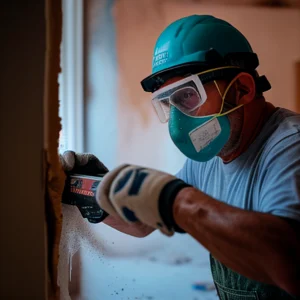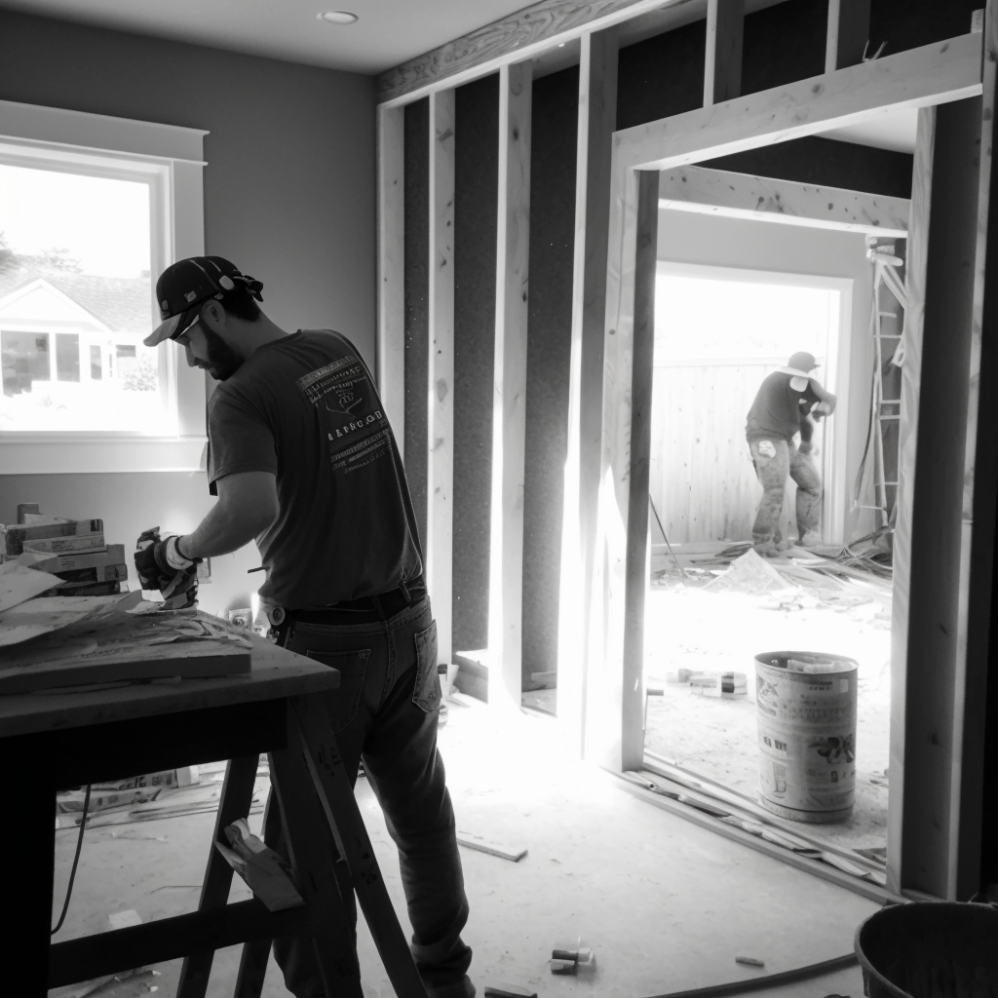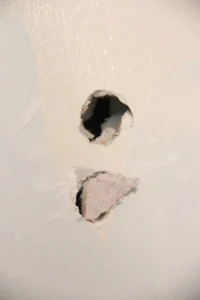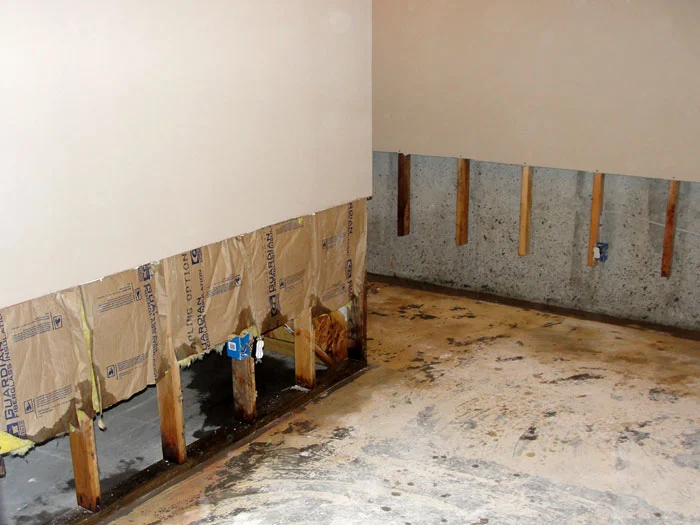Everything You Need to Know About Drywall Repair, Removal and Installation in 2023
Benefits of Hiring a Professional Drywall Contractor
How to Remove Old Drywall

How to Install New Drywall

Common Drywall Problems and How to Fix Them
Cracks in Drywall
Here are the steps to fix small drywall cracks:
Here are the steps to fix larger drywall cracks
1. Cut out the damaged section: Use a drywall saw or utility knife to cut out the damaged section of drywall. Be sure to cut along the edges of the studs to create a clean, straight line.
Holes in Drywall

Water Damaged Drywall
First things first, water damage is not to be taken lightly. We highly recommend getting professional help when water damage has occurred. The likelihood that mold, mildew, or further unexpected structural damage could occur is very high. If you do decide to attempt it yourself or if you just want to make sure the professional you hired is taking all the proper steps to remediate your water damage, then here’s how to fix water-damaged drywall.

Here are the steps to fix water-damaged drywall
1. Have a professional moisture test done and asbestos check: Hire a professional to take moisture reading of the drywall and other potentially effected areas. This will let you know the extent of the damage as water can travel much further up drywall than you may expect. If your home was built before the 2000’s have an asbestos test done to make sure your drywall doesn’t contain cancer-causing asbestos fibers.
Cost of Drywall Services
-
Drywall Patching Repairs $150
Drywall repairs with patches typically cost $150 but may cost less if they are done in conjunction with other services like painting where a skilled drywall contractor does not need to make a special trip just for one patch.
-
Installing New Drywall $2.00/ft²
The cost of new drywall installation ranges from market to market between $1.75 - $4.00 /ft². We charge $2.00/ft²
-
Drywall Texturing ¢.70 - $2.00 /ft²
The price of texturing drywall is determined by the skill and time required to create certain textures. We charge ¢.70/ft² for our simplest texturing.
-
Drywall Removal $1.00/ft²
We charge $1.00/ft² to remove drywall, but when we are also installing new drywall on the same project we are able to reduce the total cost to $2.75/ft² for removal and replacement.
